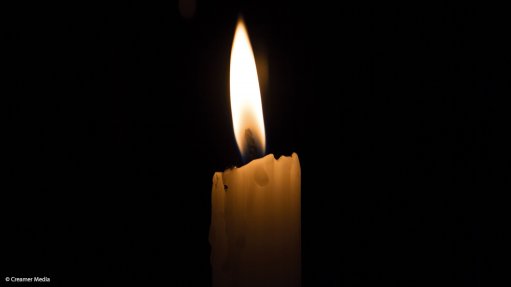
Photo by: Duane
No load shedding is anticipated today as Eskom intends to meet the country’s electricity demands while performing the requisite maintenance on its power generating plants.
There are broadly three elements to the supply of electricity. The first element is the power stations. These are mainly Eskom owned and operated (primarily the large coal stations in Mpumalanga), but some are owned by other operators that have supply contracts with Eskom, such as the large hydroelectric power station in Mozambique (Cahora Bassa) and the wind and solar power plants in South Africa (under the Department of Energy’s renewable programme). These power plants are connected to and feed into the second element of the system.
The second element is the national grid. This is an integrated system of transmission lines and interconnections across the entire country that feed the electric energy from the power stations to various direct customers and distributors. It also allows for the transfer of electricity to and from neighbouring countries. It operates at between 765,000V (on the newer systems) and 132,000V (on the older parts). The South African national grid is operated from a central location called National Control in Simmerpan, Gauteng - which instructs the various power stations to start up or shut down and increase or decrease output depending on the current and predicted demand on the national system.
The third element is the distribution system. This is a series of specific local grids that are connected to the national grid and operate at a lower voltage (from 132,000V down to the 230V for domestic supply). These individual distribution grids are operated by either the local municipalities (about 60%) or Eskom (about 40%).
While the vast majority of customers get their supply from the distribution system, some very large customers (such as smelters) are connected directly to the national grid. Consumers will know who their electricity distributor from their monthly bill or from whom they buy their prepayment vouchers. It is either their local municipality (such as City Power) or Eskom.
By far the most common type of interruption is caused by issues on the local distribution grid. This is not caused by a national shortage of generating capacity but by some local fault, normally at the distribution level. It could be due to cable theft, overloading of the local system (resulting in a protection breaker tripping), and equipment failure or system maintenance. Occasionally such a fault may be on an element of the national grid feeding the distributor, but this is unusual and is well below 1% of all events. A local fault is an issue with your direct supplier, who may be Eskom or your Municipality.
We will continue to provide regular updates on the state of the power system through various media platforms.
Issued by Eskom